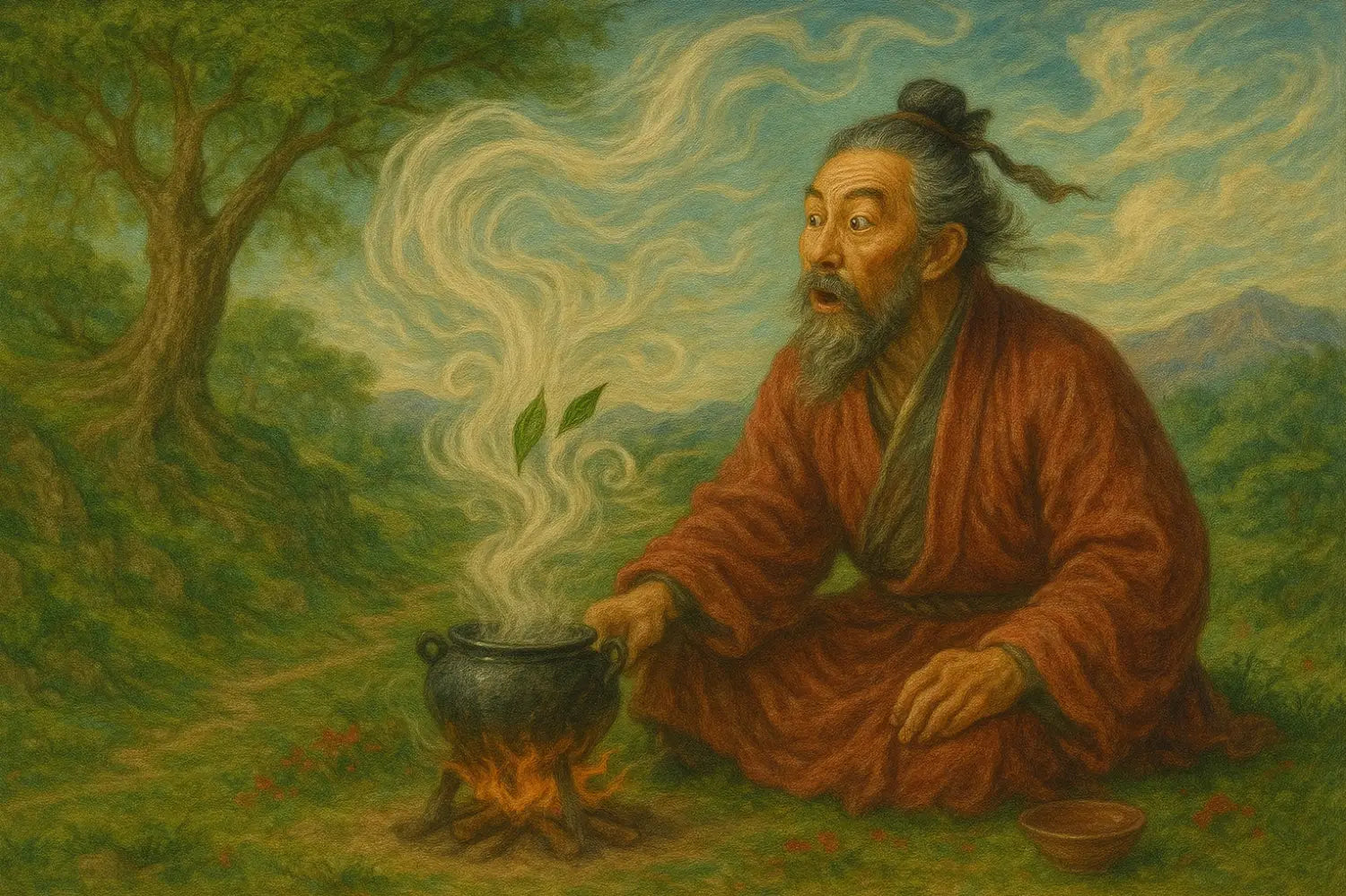The History and Cultural Significance of Green Tea

Green tea has a rich history spanning thousands of years, deeply intertwined with the cultural fabric of many Asian societies before spreading worldwide.
Ancient Origins

Green tea's story begins in China around 2737 BCE when, according to legend, Emperor Shennong discovered tea when leaves from a wild tree blew into his pot of boiling water. Initially valued for medicinal properties, tea cultivation began in earnest during the Han Dynasty (206 BCE-220 CE). By the Tang Dynasty (618-907 CE), tea had become China's national drink and the subject of Lu Yu's "The Classic of Tea," the first known monograph on tea cultivation and preparation.
Spread Throughout Asia
Buddhist monks carried tea to Japan around the 9th century, where it evolved into a distinct cultural practice. The Japanese tea ceremony (chanoyu or sadō) developed in the 15th-16th centuries under the influence of Zen Buddhism, emphasizing mindfulness, respect, and tranquility. In Korea, tea ceremonies date back to the 7th century and maintain unique traditions distinct from both Chinese and Japanese practices.
Cultural Significance
Green tea transcends its role as a mere beverage in many Asian cultures:
-
Religious Significance: In Buddhism, tea facilitated meditation and became integral to monastic life. The stimulating yet calming effects of tea supported long periods of meditation.
-
Social Rituals: Offering tea became a sign of respect and hospitality across Asia. The formal tea ceremonies of Japan represent the principles of harmony (wa), respect (kei), purity (sei), and tranquility (jaku).
-
Artistic Inspiration: Tea inspired poetry, painting, and ceramics. The aesthetics of tea culture influenced architectural designs of tea houses and gardens.
-
Economic Impact: Tea became a valuable trade commodity, shaping economic policies and even international relations, as evidenced by the British tea trade with China.
Global Spread
Europeans first encountered tea in the 16th century through Portuguese missionaries in China. By the 17th century, tea had become fashionable among European elites. The British East India Company eventually established tea plantations in India to break China's monopoly, dramatically changing tea's global availability.
Modern Significance
These days, green tea continues to hold cultural importance while gaining new appreciation for its health benefits. Scientific research has validated many traditional medicinal claims, leading to renewed interest in green tea's antioxidant properties and potential preventive effects against various diseases.
From ancient Chinese emperors to modern health enthusiasts, green tea's journey reflects its remarkable ability to adapt and remain relevant across cultures and centuries.









